Analyze This! #6
Sometimes wrong, but never in doubt
Welcome back to Chess in Small Doses! It’s been a minute. Spring Break came and I happily gave up my chess habit for some family time. My kid is an unabashed Disney lover… so I wore ears. They’re young only once.
Today I’m getting back to chess and doing an analysis of my OTB games. A brief note on the format: I’m going to show you the game in GIF then talk about what I felt OTB and then what I learned from this game. Hope you enjoy!
As you may recall I returned to OTB chess in January with the Rising Star Chess MLK Weekend FIDE tournament. Games were 90 min + 30 sec increment, true Classical chess. Before that I hadn’t played an OTB game since April 2023. I chose to play up a section also because who doesn’t love a challenge. Add to that a recent switch in openings from 1.e4 to 1.d4 and I had no idea how this was going to go.
I was half expecting to get paired against some 8 year old who’d promptly kick my ass, but that didn’t happen. My first opponent was a player who was higher rated than myself and appeared a little older than I was, a small relief. I sat down across from my opponent, shook hands, and started our game. I felt nervous but good that I started with White. From move 1 my opponent used his time well, thinking about moves. Still, as the game went on I got more and more confident in the position and plans.
The game in GIF
Game Analysis
1.d4 Nf6 2.Bf4 c5 3.e3 d5 4.Nf4 e6
After 4 moves we landed on a pawn structure I recognized. This is the Queens Gambit Declined structure against the London. What I believed here was that White’s plans were to finish development and then attack kingside. Plans included Ne5, f4, O-O, Rf1-f3-h3 all to target the h7 pawn. I felt certain this was the plan and played it with confidence. Turns out that isn’t right, but any plan is better than no plan.
5.Nbd2 Nc6 6.c3 Bd6 7.Bg3
Rocking the bishops back helps White here. Taking is a mistake as it develops the Black Queen to d6 and theory shows Black does well. However, if Black takes the bishops on g3, then White captures back with the h pawn, opening the h file and creating danger for Black.
For my sitting there OTB, I still felt like I was in control and ready to respond to whatever he did. I started to think that Ne5 was a possible move for me.
7…O-O 8. Bd3 b6 9.Ne5!?
This was a critical moment. I thought this was theory but instead 9.Qe2 is the right move, planning on pushing the e pawn eventually. The key (very small difference) between the two lines is the b7-b6 move. If Black had played 8…Qe7 then 9.Ne5 is right. Other moves (Qc7, b6, cxd4) all give different lines. The e7 square turns out to be key why Ne5 is wrong here. Black can simply play Ne7 - Nf5 later and get better control of the position. My opponent and I both missed that. Better lucky than good I suppose.
OTB, I was certain I was still better. I am sure my body language gave that off, but I had respect for my opponent’s higher rating. I was simply trying to get developed, get active pieces, and take control of the position. I thought Ne5 did that. I had not considered Ne7 at all.
9…Bb7 10.f4 cxd4 11.exd4 a5?!
This is where we left theory and there’s a good reason why this move isn’t played. The move a5 may not seem like such a bad move here. After all Black is getting Queenside space and starting the minority attack. Also they’re making a spot for the LSB bishop on a6. Often in these lines if Black can force the trade of his bad LSB for my good LSB, Black is doing better. But the knight on c6 would be undefended. Black can’t play Nxe5 because of the resulting fork. This is what makes 11…Ne7 such an important move. The knight then also gains access to f5, blocking the scope of White’s best piece, the LSB on d3. White is up +1 based on the position alone!
What I felt OTB was that his move would be too slow. I noticed the knight on c6 was solely defended by the bishop. I knew I was better off tactically here. My plan was activate my bishop with Bh4 probably trading it off, castle, and attack kingside with the rooks on the h file.
12.Bh4 Be7 13.O-O g6?
A small move, but a critical error. The computer really liked 13…Ne4 instead. The big idea was unveiling a discovered attack on the undefended h4 Bishop. White is forced to play Bxe7 and Black follows with Nxe7. There’s that move again, getting the knight to e7 and freeing the bishop to move to a6. This sequence would allow Black to at least equalize. Instead he played g6, I believe to again blunt the scope of the LSB. He missed his chance and it was advantage White after that.
OTB, I wasn’t sure this move did anything really. It felt like a move that didn’t have to be played. Maybe he was seeing ghosts and afraid of a sacrifice on h7 after Bxf6? Not sure.
14.Rf3 Ne8 15.Bxe7 Qxe7?! 16.Rh3 Nxe5 17.fxe5
This is a good spot to stop and look at the board. White has a good bishop on d4 and a knight in the backfield on d2. The rook and the both eye the h7 square. Black however has dark square weaknesses around the king. His bishop is not active yet on b7 and his knight is way back on e8.
OTB I saw that my minor pieces were better. I thought that if I could play Qe2 then his bishop would be out of the game. I thought f6 and h6 looked like good outposts for my knight (or rook - which I didn’t consider). I thought strategically that Black would have the Minority Attack or they could push f6. Either way, Black’s counter-play was going to be slow in coming. I had the upper hand.
So my question to you… If you were Black what would you play here? There’s no killer move or tactic but this became a strategic battle where White has more space and better minor pieces. Is there a plan for Black here? (scroll down past the blank space for the answer)
(yes - my kid’s a Swiftie)
17…Ng7?! 18.Qe2!
White now controls the a6-f1 diagonal and Black’s bishop is out of the game, staring at one of its own pawns. White’s position is much better and it’s only a matter of time until the other rook and knight come into the game.
Black did have the idea of 17…Ba6 instead where, after the trades (17…Ba6 18.Bxa6 Rxa6 19.Qe2 Ra8), White would be ahead +1. Then Ng7 ideas would have been more resistant, forcing White to convert the advantage.
OTB, I knew I was winning after Qe2 but I had to figure out how to convert. I knew I had time so my plan simply became stacking rooks on the h file and then trying to bring the knight in. Black had one last idea…which my opponent didn’t use. They could have pushed f7-f5 at some point.
18…Nh5 19.Rf1 Ng7??
The final error. Playing 19…f5 instead would have been more resistant. After 20.exf6 Rxf6 21.Rxf6 Nxf6 some of the pressure is off. White is still ahead, but again it’s harder to prove the advantage.
Instead, 19…Ng7 signaled the end and my opponent reigned after two moves later. You can see the last few moves on the gif but here they are.
20.Rf4? Nh5?? 21.Rfh4?? Black resigned 1-0
I had almost an hour left on my clock and he had about 31 minutes left.
Oddly enough, I missed the best next move for White after 19…Ng7. 20.Rf6 is killer (SF +4) blocking the f pawn and preventing Black’s counter-play. However, almost all moves work in this position. The move (20.Rf4 allowed f5 but he again didn’t play it). After 20…Nh5 White’s best play is simply capture with Rxh5. Still… my position was strong enough to convince my opponent that it was lost.
So what did I learn?
I play with confidence, even though I sometimes wrong
Having a plan is better than no plan
I would benefit from going wider in my search for moves. Maybe just letting a little more time pass and see what I can see.
Thanks for reading! Leave a comment or share.
Next time, I’ll show Game #2. Until then…




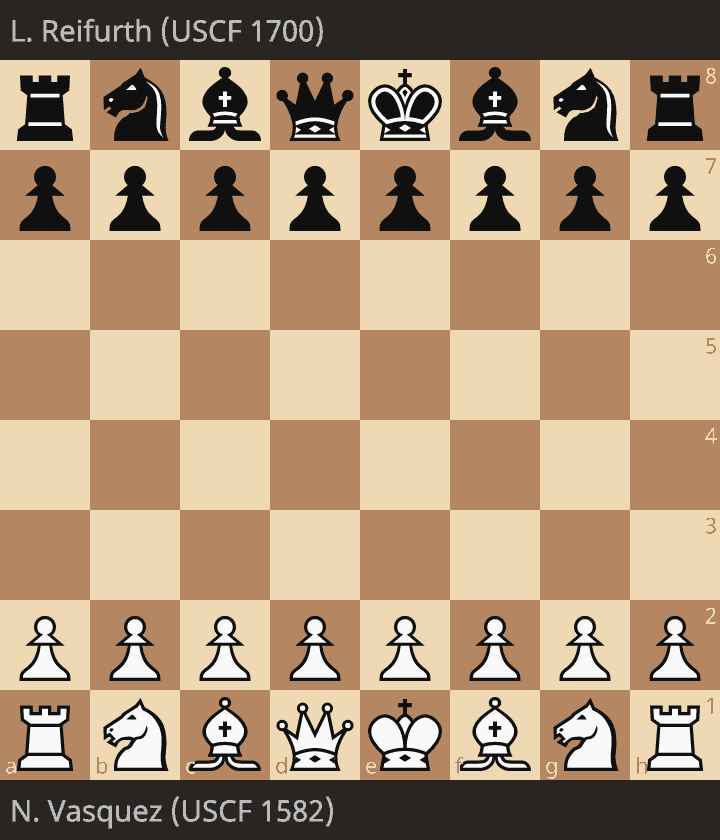

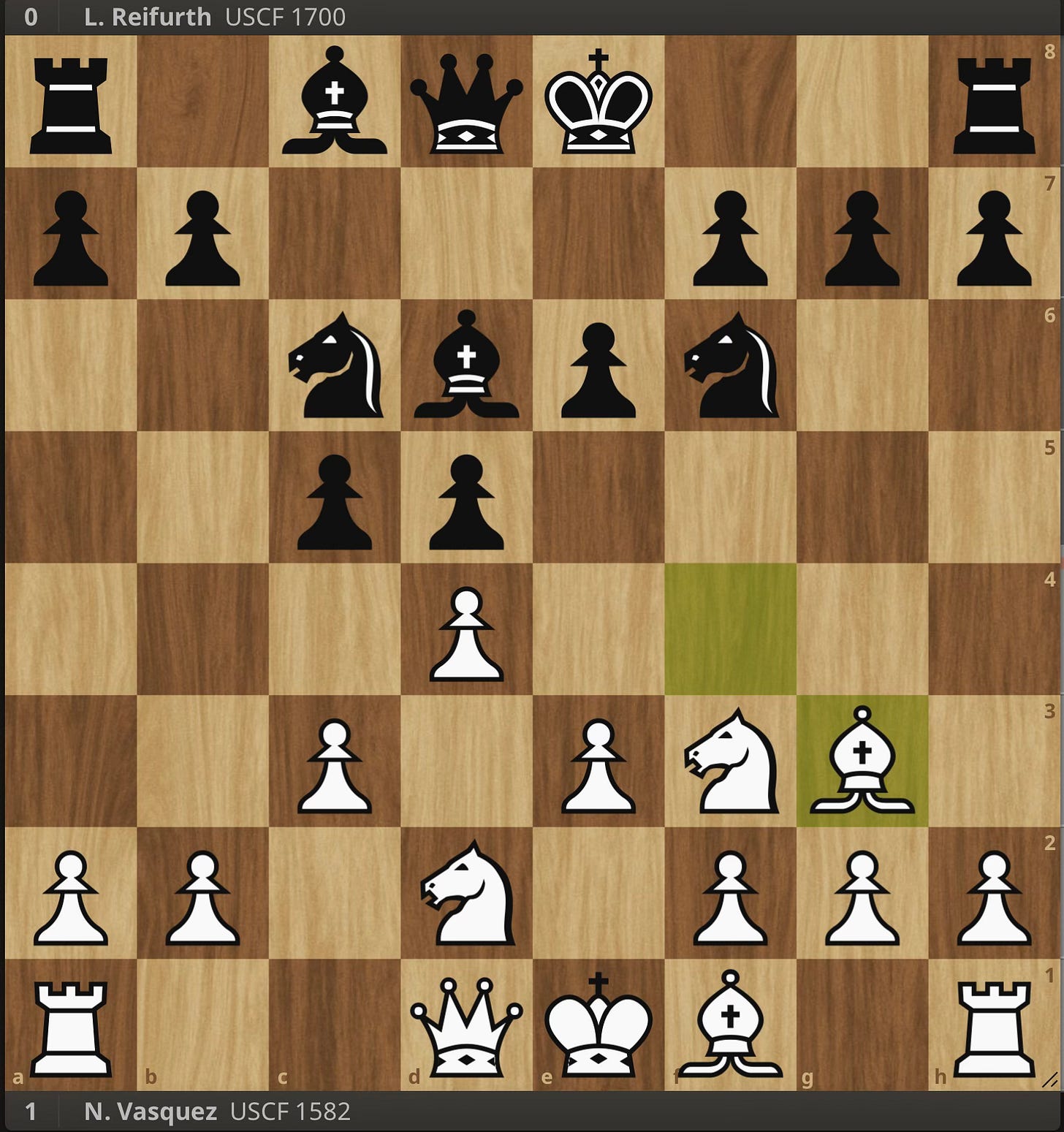
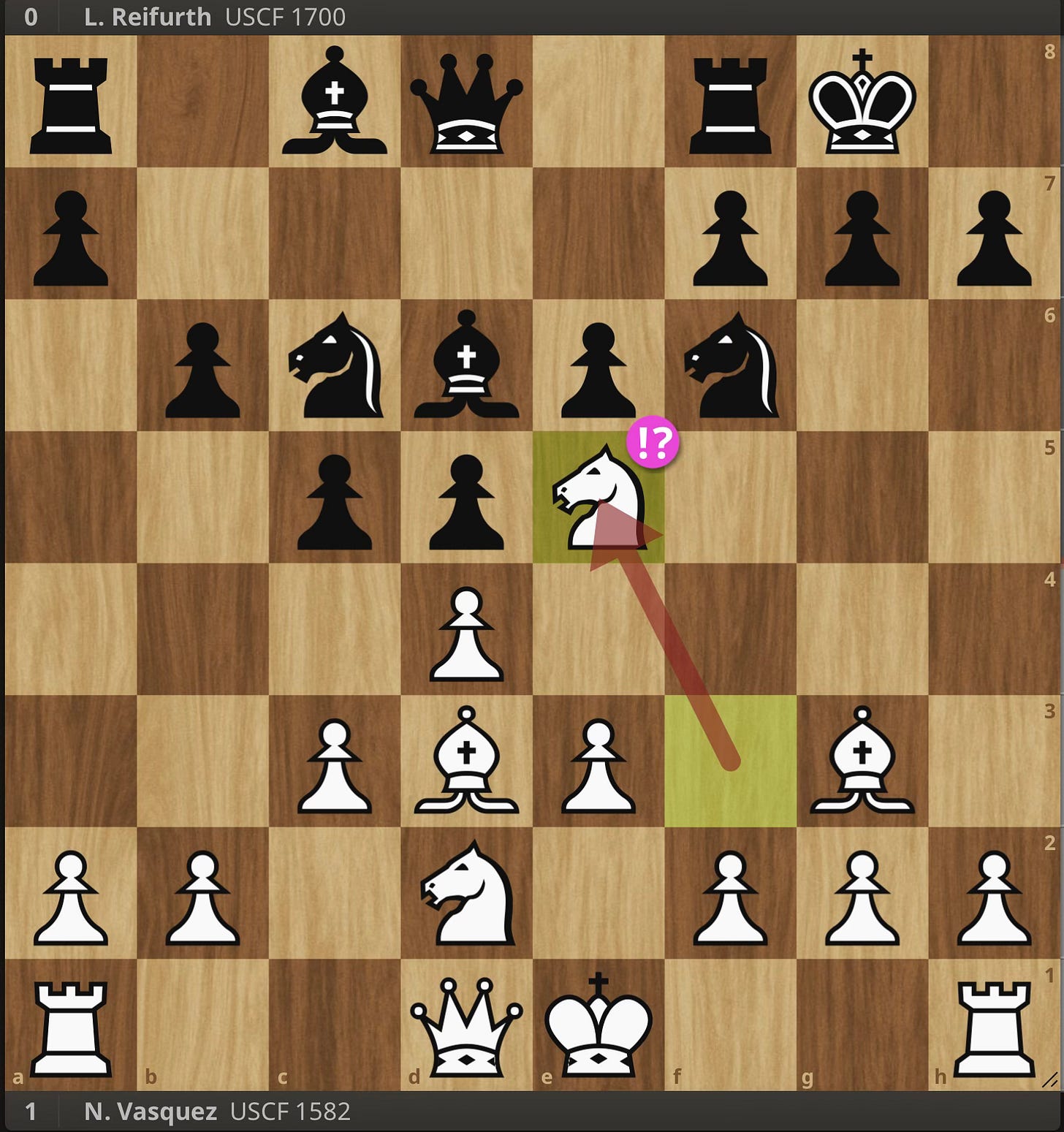
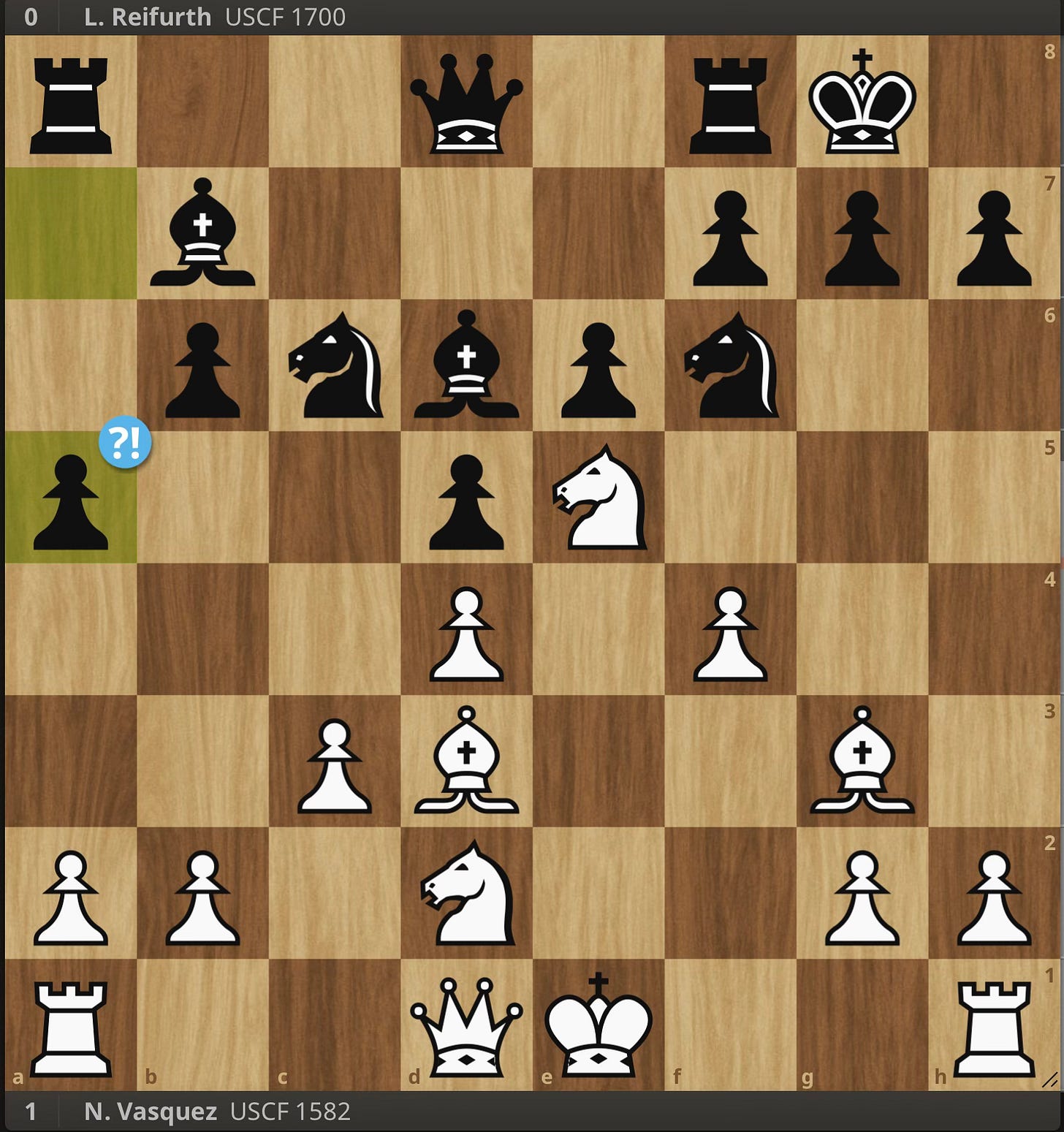
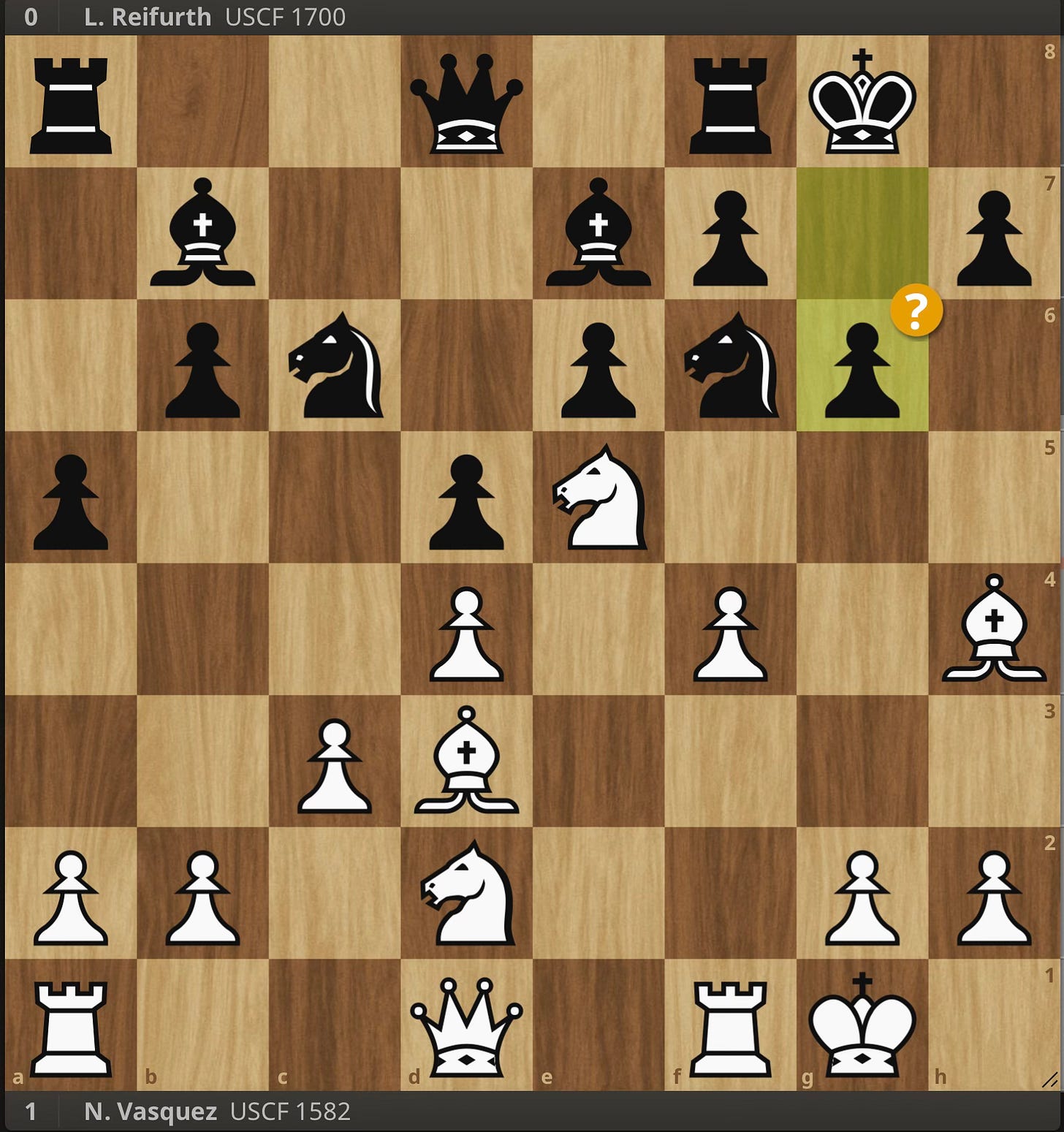
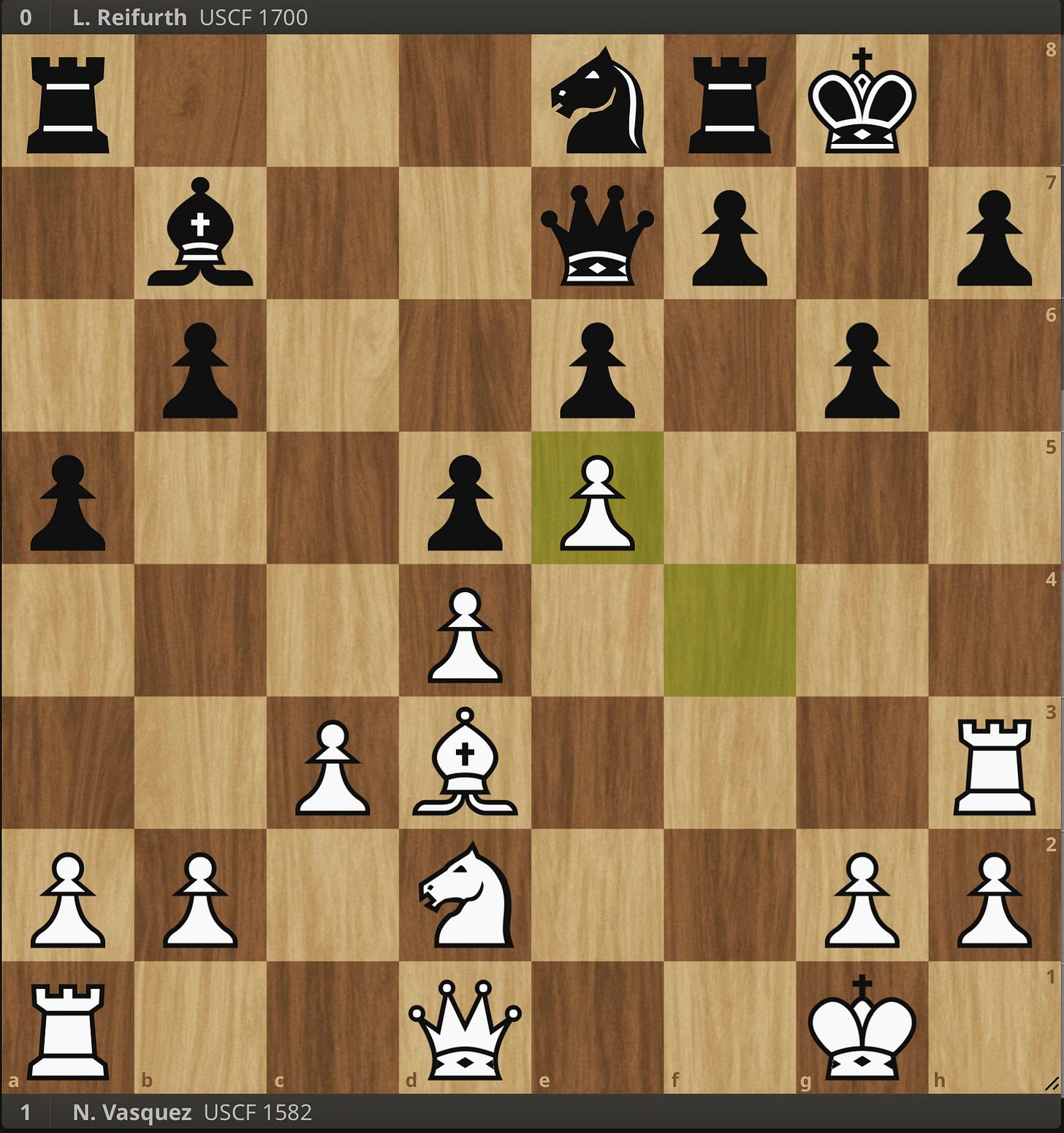

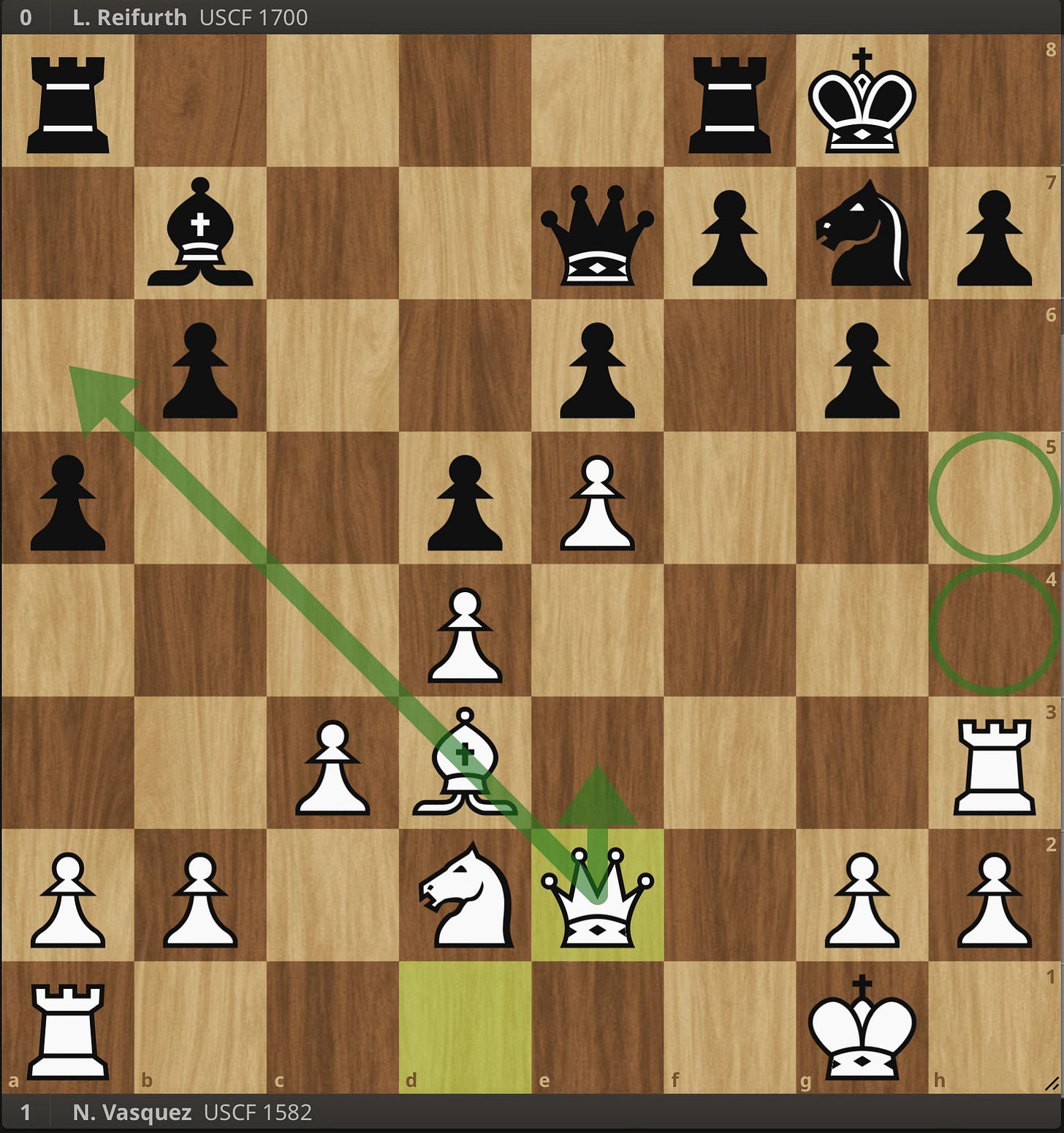
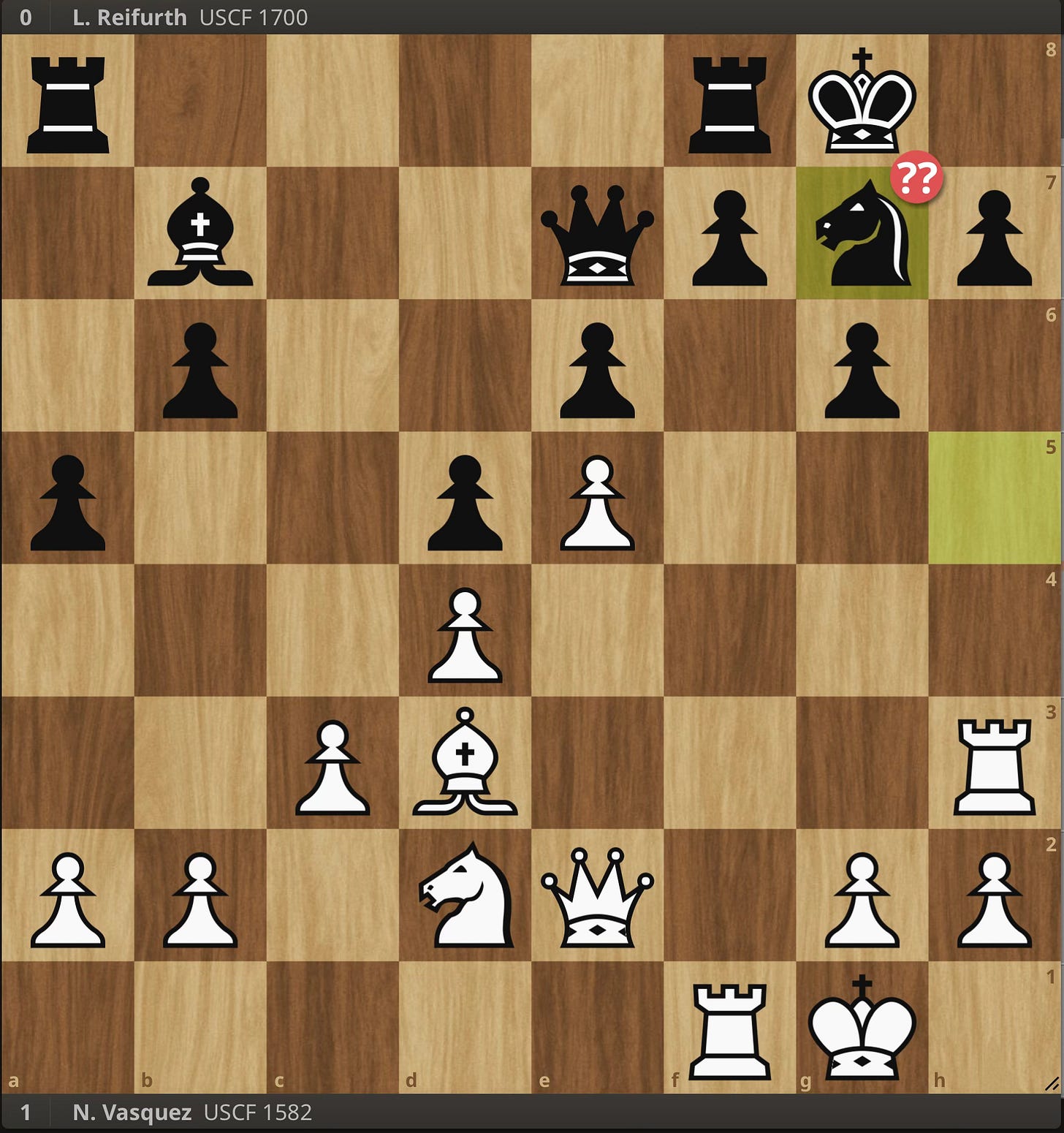
The ears were just the best!
Great review. I loved the side by side analysis. Looking forward to seeing the next game.